October 31 stands as one of history’s most eventful days, witnessing the rise and fall of empires, groundbreaking discoveries, and moments that shaped our modern world across centuries of human achievement.

Politics and Government Events on October 31
1922 – Benito Mussolini is Made Prime Minister of Italy
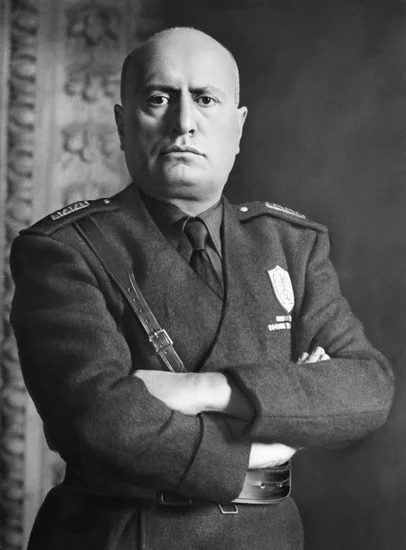
The Italian Parliament appointed Benito Mussolini as Prime Minister following the dramatic March on Rome. This appointment marked the beginning of fascist rule in Italy and established a precedent for authoritarian movements across Europe.
The decision would transform Italy’s political landscape for the next two decades. Mussolini’s rise to power demonstrated how democratic institutions could be systematically dismantled through political manipulation and intimidation.
1961 – Stalin’s Body Removed from Lenin’s Mausoleum
Soviet authorities quietly removed Joseph Stalin’s embalmed body from the Lenin Mausoleum in Red Square during the night. This action represented a dramatic break with the Stalin era and Nikita Khrushchev’s de-Stalinization campaign.
The removal symbolized the Communist Party’s official rejection of Stalin’s cult of personality. Soviet workers reburied Stalin’s remains in a simple grave behind the mausoleum, marking the end of his deification.
1956 – Hungarian Revolution Headquarters Established
Revolutionary forces established a new headquarters in Budapest as Hungary’s uprising against Soviet control intensified. The revolutionaries reformed banned political parties and replaced the communist MDP with the reformed MSZMP.
The Soviet Politburo simultaneously made the fateful decision to crush the revolution through military intervention. This pivotal moment would lead to the tragic suppression of Hungarian independence aspirations within days.
1968 – Johnson Announces Vietnam Bombing Halt
President Lyndon B. Johnson announced a complete cessation of air, naval, and artillery bombardment of North Vietnam effective November 1. This dramatic policy reversal came just days before the presidential election and represented a major shift in Vietnam War strategy.
The announcement followed progress in Paris peace talks and marked Johnson’s attempt to achieve a breakthrough in negotiations. The bombing halt would influence both the election outcome and future diplomatic efforts.
1984 – Indira Gandhi Assassinated
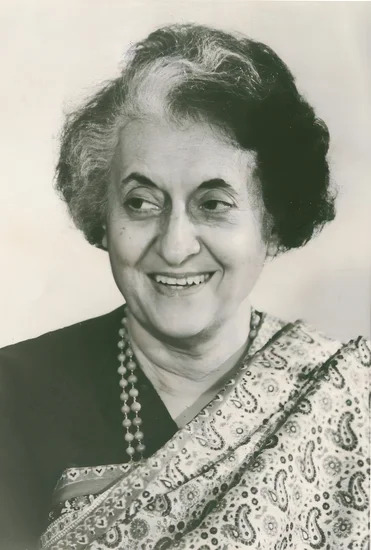
Indian Prime Minister Indira Gandhi was assassinated by two Sikh security guards at her New Delhi residence. The assassination followed her controversial decision to order Operation Blue Star at the Golden Temple in Amritsar.
The murder triggered massive anti-Sikh riots across India, resulting in approximately 3,000 deaths. Gandhi’s assassination marked a turning point in Indian politics and highlighted the dangerous intersection of religious and political tensions.
2003 – Mahathir Mohamad Resigns as Malaysian Prime Minister
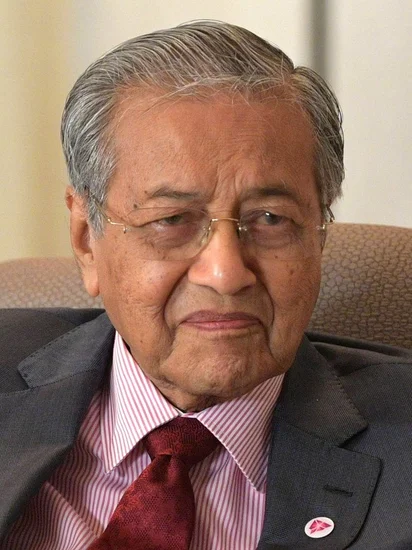
Mahathir Mohamad stepped down as Prime Minister of Malaysia after 22 years in power, with Deputy Prime Minister Abdullah Ahmad Badawi succeeding him. His resignation marked the end of the longest-serving leadership in Malaysian history.
Mahathir’s departure signaled a new era for Malaysian politics and Southeast Asian leadership. His transformative economic policies had modernized Malaysia and established it as a major regional power.
Military and Naval History on October 31
1917 – Battle of Beersheba: The Last Great Cavalry Charge
British and ANZAC forces launched what historians call “the last successful cavalry charge in history” against Ottoman positions at Beersheba. The Australian Light Horse Brigade’s dramatic mounted assault captured the strategically vital town and its precious water wells.
The victory opened the path for the British advance into Palestine and marked a turning point in the Middle Eastern theater. This legendary charge demonstrated that traditional cavalry tactics could still achieve decisive results in modern warfare.
1918 – Hungary Achieves Full Sovereignty
The Aster Revolution terminated the Austro-Hungarian Compromise of 1867, granting Hungary complete independence from Austrian control. This revolutionary movement coincided with the collapse of the Habsburg Empire as World War I drew to a close.
Hungarian revolutionaries established a new government and proclaimed their nation’s sovereignty after centuries of imperial rule. The revolution represented the fulfillment of Hungarian nationalist aspirations and the birth of modern Hungary.
1940 – Battle of Britain Concludes
The Royal Air Force’s successful defense against the German Luftwaffe officially ended the Battle of Britain. Germany’s failure to achieve air superiority forced Hitler to abandon Operation Sea Lion, his planned invasion of Britain.
The victory preserved Britain as a base for future Allied operations and marked Nazi Germany’s first major defeat. The battle demonstrated the decisive importance of air power in modern warfare and British determination to resist invasion.
1941 – USS Reuben James Torpedoed
A German U-boat torpedoed the destroyer USS Reuben James near Iceland, killing more than 100 U.S. Navy sailors. This attack represented the first U.S. Navy vessel sunk by enemy action in World War II.
The sinking occurred while America remained officially neutral, highlighting the dangerous nature of convoy escort duties. The tragedy helped build American public support for more direct involvement in the war against Nazi Germany.
1943 – First Successful Radar-Guided Interception
An F4U Corsair accomplished the first successful radar-guided interception by a United States Navy or Marine Corps aircraft. This technological breakthrough revolutionized naval aviation and air defense capabilities.
The achievement marked a crucial advancement in combining radar technology with fighter aircraft operations. This innovation would prove essential for protecting naval task forces and establishing air superiority in the Pacific theater.
1956 – Suez Crisis Bombing Campaign Begins
The United Kingdom and France launched coordinated bombing attacks against Egypt to force the reopening of the Suez Canal. The military action followed Egypt’s nationalization of the canal and aimed to restore Western control over this vital waterway.
The campaign marked the beginning of a crisis that would reshape Middle Eastern geopolitics and Western influence. The operation ultimately failed and demonstrated the decline of traditional European colonial powers.
Science and Discovery Milestones on October 31
1941 – Mount Rushmore Completed
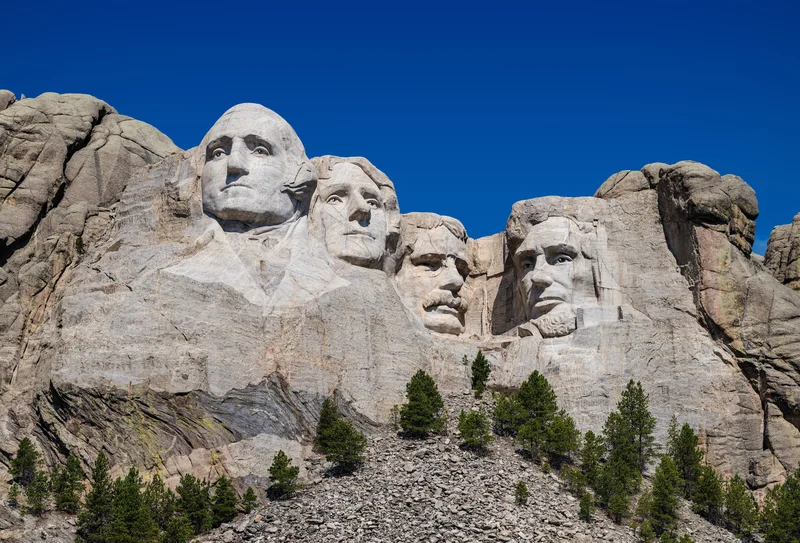
After 14 years of intensive work, sculptors completed the Mount Rushmore National Memorial in South Dakota. The massive sculpture featured the faces of four American presidents carved into the granite mountainside.
The project required innovative engineering techniques and represented one of the most ambitious artistic undertakings in American history. Mount Rushmore became an enduring symbol of American democracy and artistic achievement.
2000 – International Space Station Receives First Crew
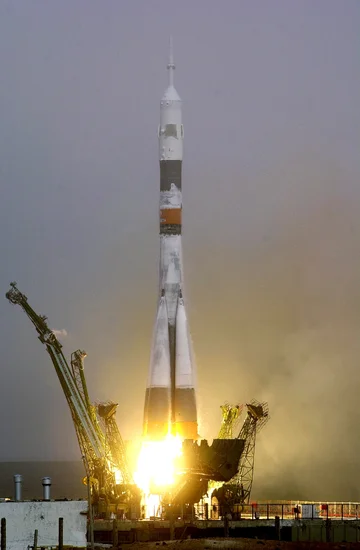
Soyuz TM-31 launched successfully, carrying the first resident crew to the International Space Station. This historic mission established permanent human presence in space, with the ISS remaining continuously crewed since this date.
The achievement marked the beginning of a new era in space exploration and international cooperation. The mission demonstrated humanity’s ability to maintain long-term habitation beyond Earth’s atmosphere.
2011 – Global Population Reaches Seven Billion
The United Nations officially recognized this date as marking when the global human population reached seven billion people. This demographic milestone highlighted both human success and the challenges of sustainable development.
The achievement represented unprecedented population growth in human history, with the global population doubling in just 40 years. The UN designated this as the Day of Seven Billion to raise awareness about population and sustainability issues.
2000 – First Successful Radar-Guided Naval Interception
An F4U Corsair accomplished the first successful radar-guided interception by a United States Navy aircraft during World War II. This technological breakthrough revolutionized naval aviation and air defense capabilities in the Pacific theater.
The achievement demonstrated the successful integration of radar technology with fighter aircraft operations. This innovation proved crucial for protecting naval task forces and establishing air superiority against enemy aircraft.
Cultural and Arts Events on October 31
1920 – World Savings Day Announced
The first World Savings Day was proclaimed in Milan, Italy, by members of the Association at the 1st International Savings Bank Congress. This initiative aimed to promote financial responsibility and encourage savings habits worldwide.
The designation established an annual tradition that continues today, highlighting the importance of financial literacy and economic planning. World Savings Day became a global movement promoting individual and national economic stability.
1913 – Lincoln Highway Dedicated

The Lincoln Highway, America’s first transcontinental automobile highway, was officially dedicated from coast to coast. This revolutionary transportation project connected New York City to San Francisco and transformed American travel and commerce.
The highway’s completion marked the dawn of the automobile age and changed how Americans viewed distance and mobility. The Lincoln Highway became the prototype for the modern interstate highway system.
1903 – The Purdue Wreck
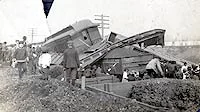
A devastating railroad collision in Indianapolis killed 17 people, including 14 members of the Purdue University football team. The tragedy shocked the college sports world and led to improved railroad safety regulations.
The accident highlighted the dangers of early 20th-century travel and the risks faced by traveling sports teams. The Purdue Wreck became a watershed moment for both railroad safety and collegiate athletics.
Religious and Social Events on October 31
1979 – Mountjoy Prison Helicopter Escape
Three Provisional Irish Republican Army members executed a daring escape from Mountjoy Prison in Dublin using a hijacked helicopter. The helicopter landed directly in the prison exercise yard, allowing the prisoners to climb aboard and flee.
The unprecedented escape captured international attention and demonstrated the IRA’s operational capabilities. The dramatic breakout became legendary in Irish republican folklore and highlighted security vulnerabilities in traditional prison systems.
1963 – Indiana State Fairgrounds Gas Explosion

A catastrophic gas explosion at the Indiana State Fairgrounds Coliseum killed 81 people and injured 400 others during a Holiday on Ice show. The disaster shocked the community and led to major improvements in building safety codes.
The tragedy occurred when propane leaked from concession stands and ignited, causing a massive explosion that pancaked the arena roof. The event prompted nationwide reviews of public assembly building safety regulations.
1998 – Iraq Ends Cooperation with UN Weapons Inspectors
Iraq announced it would no longer cooperate with United Nations weapons inspectors, triggering a new disarmament crisis. Saddam Hussein’s government accused the inspection teams of espionage and demanded an end to economic sanctions.
The decision escalated tensions between Iraq and the international community and set the stage for future military confrontations. This crisis would ultimately contribute to the events leading to the 2003 Iraq War.
Business and Economic Events on October 31
1938 – New York Stock Exchange Unveils Protection Program
The New York Stock Exchange announced a comprehensive fifteen-point program designed to restore investor confidence during the Great Depression. The initiative aimed to upgrade protection for the investing public and prevent future market manipulation.
The program included stricter listing requirements, improved disclosure standards, and enhanced oversight mechanisms. These reforms helped rebuild public trust in financial markets and established precedents for modern securities regulation.
2002 – Andrew Fastow Indicted in Enron Scandal
A federal grand jury in Houston indicted former Enron CFO Andrew Fastow on 78 counts of fraud, money laundering, and conspiracy. The charges related to his role in the complex financial schemes that led to Enron’s spectacular collapse.
The indictment marked a crucial step in holding corporate executives accountable for one of America’s largest business scandals. Fastow’s prosecution became a symbol of the government’s commitment to fighting corporate corruption.
2015 – Berlin Brandenburg Airport Opens
Berlin Brandenburg Airport finally opened to passengers after nearly 10 years of construction delays, cost overruns, and technical problems. The troubled project became synonymous with German engineering failures and government mismanagement.
The airport’s completion ended years of embarrassment for Germany and provided Berlin with a modern aviation hub. The project’s difficulties highlighted the challenges of large-scale infrastructure development in developed nations.
Transportation and Infrastructure on October 31
1913 – Lincoln Highway Dedicated

The Lincoln Highway, America’s first transcontinental automobile route, was officially dedicated from New York to San Francisco. This pioneering highway project connected the Atlantic and Pacific coasts and revolutionized American transportation.
The highway’s completion marked the beginning of the automobile age and transformed how Americans traveled and conducted business. The Lincoln Highway served as the prototype for the modern interstate highway system.
1999 – Jesse Martin Completes Solo Circumnavigation
Australian yachtsman Jesse Martin returned to Melbourne after 11 months of solo, non-stop, and unassisted sailing around the world. At age 18, Martin became the youngest person to accomplish this remarkable feat.
The journey covered approximately 27,000 nautical miles and captured international attention for its daring and seamanship. Martin’s achievement inspired a new generation of young adventurers and demonstrated the possibilities of solo ocean sailing.
2000 – Singapore Airlines Flight 006 Crashes

Singapore Airlines Flight 006 crashed during takeoff from Taipei’s Chiang Kai-shek Airport, killing 83 people. The Boeing 747 attempted to take off from a closed runway that was under construction, resulting in a catastrophic collision with construction equipment.
The accident highlighted the critical importance of airport operations and runway management procedures. The tragedy led to significant improvements in ground control systems and pilot training protocols worldwide.
2014 – VSS Enterprise Crashes During Test Flight
Virgin Galactic’s VSS Enterprise suffered a catastrophic in-flight breakup during a test flight over the Mojave Desert, killing one pilot and seriously injuring another. The experimental spaceplane was designed to carry paying passengers to the edge of space.
The crash dealt a significant blow to the commercial spaceflight industry and raised questions about the safety of space tourism. The accident prompted comprehensive reviews of experimental aircraft certification and safety protocols.
Sports and Recreation on October 31
1999 – Jesse Martin Completes Solo Circumnavigation
Eighteen-year-old Australian yachtsman Jesse Martin returned to Melbourne after completing an 11-month solo, non-stop, and unassisted circumnavigation of the globe. Martin became the youngest person ever to accomplish this extraordinary maritime feat.
His 27,000-nautical-mile journey captured international attention and demonstrated remarkable seamanship and determination. Martin’s achievement inspired countless young adventurers and established new standards for solo ocean sailing.
1903 – Purdue University Football Team Tragedy
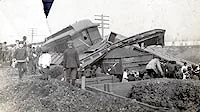
The Purdue Wreck railroad disaster killed 14 members of the Purdue University football team along with three other passengers in Indianapolis. The tragedy shocked the college sports world and highlighted the dangers of early 20th-century team travel.
The accident occurred when two trains collided, devastating the Purdue football program and the entire university community. The disaster led to improved railroad safety measures and changed how college teams approached travel logistics.
1923 – Marble Bar Heat Wave Begins

Marble Bar, Western Australia, began recording the first of 160 consecutive days of temperatures reaching 100°F (38°C). This extraordinary heat wave established a world record for sustained high temperatures that still stands today.
The extreme weather event demonstrated the harsh conditions of the Australian outback and challenged human endurance limits. The record became a symbol of Australia’s extreme climate and the resilience of outback communities.
Notable Births on October 31
1930 – Michael Collins, American Astronaut

Michael Collins entered the world in Rome, Italy, where his father served as a U.S. Army officer. His early exposure to military culture and international travel shaped his disciplined approach to aviation and space exploration.
Collins would become the command module pilot for Apollo 11, orbiting the Moon alone while Neil Armstrong and Buzz Aldrin walked on the lunar surface. His crucial role in humanity’s first Moon landing made him one of the most important figures in space exploration history.
1936 – Michael Landon, American Actor and Director
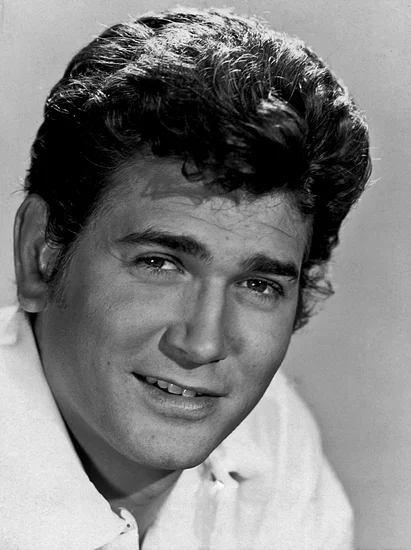
Michael Landon was born Eugene Maurice Orowitz in Queens, New York, to a family that would later move to New Jersey. His difficult childhood and athletic pursuits in high school laid the foundation for his later success in entertainment.
Landon became a beloved television star through his roles in “Bonanza” and “Little House on the Prairie.” His work as an actor, director, and producer made him one of the most influential figures in American family television.
1950 – John Candy, Canadian Actor and Comedian

John Candy was born in Newmarket, Ontario, and developed his comedic talents through Toronto’s Second City comedy troupe. His warm personality and natural humor made him a favorite among audiences and fellow performers.
Candy became one of the most beloved comedic actors of the 1980s and 1990s through films like “Stripes,” “Home Alone,” and “Uncle Buck.” His gentle comedy style and everyman appeal made him a cherished figure in popular culture.
1961 – Peter Jackson, New Zealand Director

Peter Jackson was born in Wellington, New Zealand, and began making amateur films as a teenager using his parents’ camera equipment. His early passion for special effects and storytelling would define his entire career.
Jackson achieved worldwide fame directing “The Lord of the Rings” trilogy, which earned him Academy Awards and transformed him into one of cinema’s most successful directors. His innovative use of technology and epic storytelling revolutionized modern filmmaking.
1950 – Zaha Hadid, Iraqi-British Architect

Zaha Hadid was born in Baghdad, Iraq, and studied mathematics at the American University of Beirut before pursuing architecture in London. Her mathematical background influenced her revolutionary approach to architectural design.
Hadid became the first woman to win the Pritzker Architecture Prize and was renowned for her fluid, dynamic building designs. Her groundbreaking work challenged traditional architectural concepts and established her as one of the most innovative architects of the modern era.
1963 – Dermot Mulroney, American Actor

Dermot Mulroney was born in Alexandria, Virginia, and discovered his passion for acting while studying at Northwestern University. His classical training and natural charisma prepared him for a successful career in both independent and mainstream films.
Mulroney became a prominent figure in 1990s cinema through romantic comedies like “My Best Friend’s Wedding” and “The Wedding Date.” His versatile acting abilities allowed him to transition successfully between romantic leads and dramatic character roles.
1984 – Willow Smith, American Singer and Actress

Willow Smith was born in Los Angeles, California, into a family already established in the entertainment industry. Her early exposure to music and acting provided her with unique opportunities to develop her artistic talents.
Smith achieved international fame with her hit single “Whip My Hair” at age 10 and continued to evolve as both a musician and actress. Her artistic innovation and fearless creativity have made her a influential figure in contemporary youth culture.
Notable Deaths on October 31
1926 – Harry Houdini, Hungarian-American Magician

Harry Houdini, the world’s most famous escape artist and magician, died in Detroit from complications related to a ruptured appendix. His death occurred on Halloween, adding an eerie coincidence to the passing of the master of illusion.
Houdini had spent his career debunking spiritualists and mediums while performing seemingly impossible escapes. His death marked the end of an era in stage magic and left an enduring legacy in popular entertainment.
1984 – Indira Gandhi, Indian Prime Minister
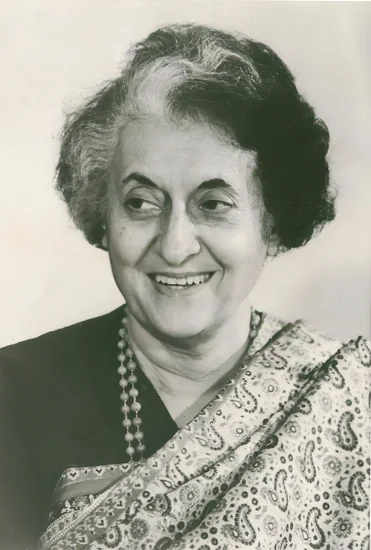
Indira Gandhi, India’s first female Prime Minister, was assassinated by her own Sikh bodyguards in New Delhi. Her death followed her controversial decision to order Operation Blue Star at the Golden Temple in Amritsar earlier that year.
Gandhi’s assassination triggered massive communal riots and marked a turning point in Indian politics. Her death highlighted the dangerous intersection of religious tensions and political power in modern India.
1993 – Federico Fellini, Italian Film Director

Federico Fellini, one of cinema’s most influential directors, died in Rome after suffering a stroke. His death marked the end of an era in Italian cinema and international filmmaking.
Fellini had revolutionized cinema with his dreamlike visual style and autobiographical storytelling approach. His films like “8½” and “La Dolce Vita” established him as a master of cinematic art and influenced generations of filmmakers.
1993 – River Phoenix, American Actor

River Phoenix, the promising young actor known for his roles in “Stand by Me” and “My Own Private Idaho,” died of a drug overdose outside a Hollywood nightclub. His death at age 23 shocked the entertainment industry and his millions of fans.
Phoenix had been considered one of his generation’s most talented actors and was known for his environmental activism. His tragic death highlighted the pressures faced by young performers and the dangers of substance abuse in Hollywood.
2020 – Sean Connery, Scottish Actor

Sean Connery, the legendary Scottish actor who defined the role of James Bond, died peacefully in his sleep in the Bahamas. His death marked the end of an era in cinema and the passing of one of film’s most iconic figures.
Connery had achieved international fame as the original James Bond and won an Academy Award for his role in “The Untouchables.” His distinctive voice and commanding screen presence made him one of cinema’s most beloved actors.
Holidays and Observances on October 31
Halloween Celebrated Worldwide

Halloween is celebrated across Ireland, Canada, the United Kingdom, the United States, and many other countries as people dress in costumes and participate in trick-or-treating. The modern holiday combines ancient Celtic traditions with contemporary customs and has become a major cultural celebration.
Children and adults alike embrace the spooky themes and festive atmosphere that characterize this beloved autumn tradition. Halloween has evolved into a significant economic and cultural phenomenon, generating billions in spending on costumes, decorations, and candy.
Reformation Day Observed
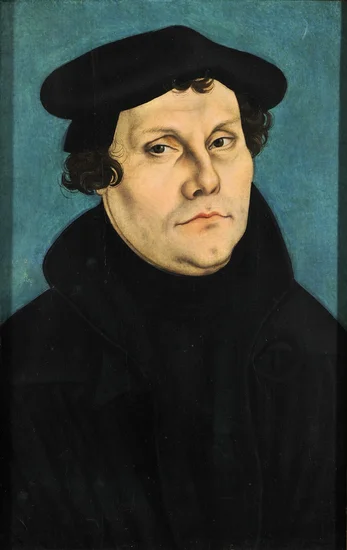
Reformation Day is celebrated in Slovenia, parts of Germany, Chile, and various Protestant churches, particularly Lutheran and Reformed denominations. The observance commemorates Martin Luther’s posting of the 95 Theses in 1517, which sparked the Protestant Reformation.
The holiday celebrates the principles of religious reform and the importance of individual faith and scriptural authority. Reformation Day serves as a reminder of the pivotal role that religious reform played in shaping modern Christianity and European history.
National Unity Day in India
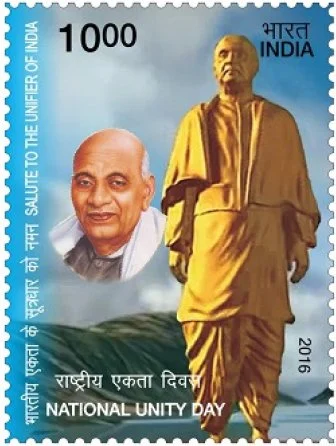
India observes National Unity Day to commemorate the birth anniversary of Sardar Vallabhbhai Patel, the country’s first Deputy Prime Minister. The day emphasizes the importance of national integration and unity in diversity.
The observance celebrates Patel’s role in unifying the princely states into the Indian Union after independence. National Unity Day serves as a reminder of the ongoing importance of maintaining unity and harmony in India’s diverse society.
